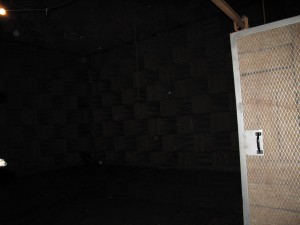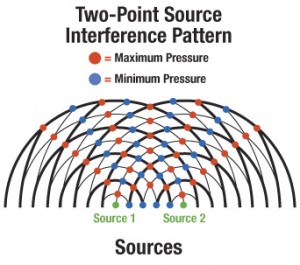Friday was an interesting day just because it was our very own Victoria giving us our lecture. I really liked learning about how she started with her passions for the arts and science and somehow, along the way, ended up working in a field that incorporates both. Lucky girl.
We also had our midterms today, which was very interesting. The presentations really reflected just how much a group of thinkers could really affect our future. Ideas ranged from contact lenses that made colors in your own vision brighter to a medicine that would make the lives hemophiliacs easier to an effective weapon for the zombie apocalypse. I also thought it was really important that we not only thought up of these extremely creative ideas, but also thought of ways to make these ideas into a reality. Given, there were many stretches and impracticalities, but regardless, these presentations still showed me that if dedicated, we can really think outside of the box.
After the midterm presentations, all of art | sci went to the DSMA students’ final presentations. They had one week to design a four-page booklet representing their interpretations of their favorite quotes from their favorite book. I have to say, all of the presentations were very impressive. They were not only extremely artistic and aesthetically pleasing, but they were also inspiring. They stirred the artist in me and inspired me to not forget to incorporate artistic means for my own final presentation, since it could be easily overlooked by its scientific counterpart. It will also push me to WORK on my project.
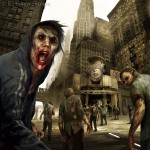
- Our final presentation will be on the zombie apocalypse.
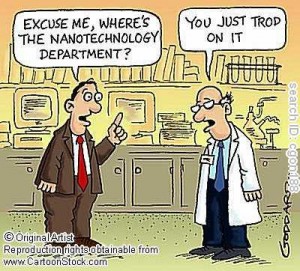
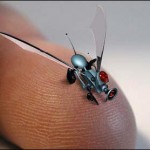
http://www.iop.org/EJ/journal/Nano
en.wikipedia.org/wiki/Nanotechnology
http://www.zyvex.com/nano/
www.nanotechnology.com
www.nanotech-now.com/
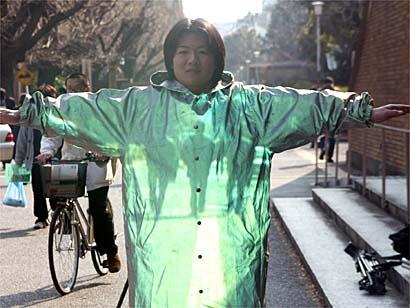






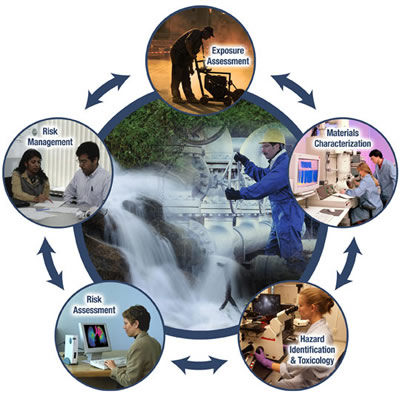
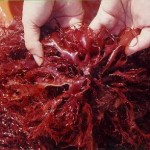


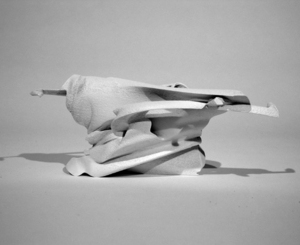
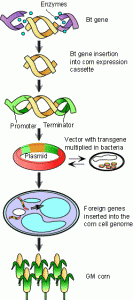
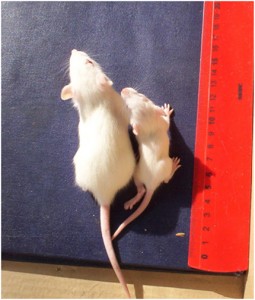
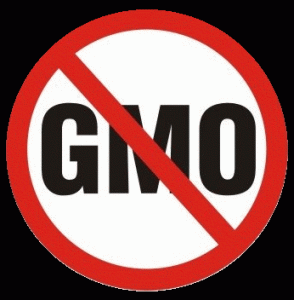 Today we took the time to work and finalize our projects.
Today we took the time to work and finalize our projects.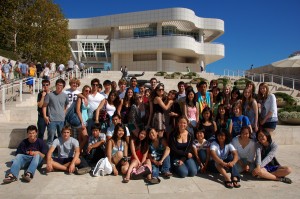 I met new people from around the country and learned about the connections between science and art.
I met new people from around the country and learned about the connections between science and art.



 Ethics in science has long been an essential aspect to the scientific community.
Ethics in science has long been an essential aspect to the scientific community.